F.D. Flam: Geoengineering's risks need to be studied more
Published in Op Eds
More than a dozen private companies around the world are looking to profit from extreme measures to combat global warming — filling the sky with sunlight-blocking particles, brightening clouds or changing the chemistry of the oceans. We live in precarious times when it’s not hard to find the technology and the money to change the Earth’s climate. The problem is that nobody knows how to control the unintended consequences.
Some scientists who’ve studied and modeled the complexity of Earth’s oceans and atmosphere say any “geoengineering” scheme big enough to affect the climate could put people at risk of dramatic changes in the weather, crop failures, damage to the ozone layer, international conflict and other irreversible problems.
Environmental lawyer David Bookbinder is more afraid of geoengineering than he is of climate change. “The consequences of geoengineering could happen a lot faster and with much less warning,” he said. “And could provoke a really bad geopolitical crisis.”
He said the world lacks the legal or regulatory framework to ensure no single government or private entity takes a risky initiative. At the same time, “there’s a clamor for tech solutions, and it’s only going to grow.”
Experts are debating whether such a framework should restrict so-called geoengineering across the board or allow some small-scale experiments.
The world got an early warning about this Wild West situation in 2022 when a small startup called Make Sunsets caused a scandal by launching a small balloon-borne experiment over Mexico to spray sulfur dioxide into the atmosphere. Now, it’s joined by richer, more serious players, including a company based in Israel called Stardust, which is researching a plan to dim the skies with a particle of undisclosed chemistry.
In theory, sulfur dioxide or similar chemicals would cool the planet by forming suspended particles of sulfuric acid that act to scatter sunlight. When I wrote about the Make Sunsets incident, the company's founder said he thought they could profit by selling carbon credits under the belief that their actions would offset emissions.
They won’t. Such a particle release does nothing but mask the effect of the carbon buildup in the atmosphere. If those releases are abruptly stopped, the temperature could rise suddenly in what’s been called “termination shock.”
Despite obvious risks, experts have envisioned a scenario where people are dying from a prolonged summer heat dome and demand action. Bookbinder said the president, governors or even private individuals might be authorized to make the decision. “Right now, anyone can … There are literally no rules.”
He warned that if a cooling scheme initiated in one country coincided with floods, droughts or crop failures in another, the affected country might retaliate without direct evidence that the geoengineering caused the problem.
Mark Z. Jacobson, an atmospheric modeler at Stanford University, said we’ve already seen the results of several natural experiments. Some forms of air pollution have been cooling the planet by about 1 degree C, but that same pollution also kills millions of people from respiratory illnesses. In 1815, the eruption of Tambora injected so many particles into the atmosphere that 1816 was dubbed “the year without a summer.” People died from crop failure and famine.
One justification for geoengineering comes from the 2015 Paris Agreement, which included an imperative to keep warming below 1.5 degrees C. We’ve already surpassed that mark. Preventing us from reaching even more dangerous temperatures will require more than just stopping carbon emissions. We might need to find a way to pull carbon out of the atmosphere on a global scale.
That was the stated goal of California businessman Russ George back in 2012 when he released iron into the Pacific Ocean off the coast of British Columbia. The iron, in theory, would fertilize algae, which would absorb carbon. There was never any documented scientific evidence that it helped.
Now, several companies, such as Canadian startup Planetary Technologies and U.S. startup Vesta, are beginning to dump chemicals into the oceans in an attempt to increase the pH of the water. This should, in theory, trigger more carbon uptake from the atmosphere. Planetary Technologies has found a way to make money by selling carbon credits.
With for-profit organizations already releasing chemicals into the oceans, it’s important for scientists with no financial stake in this industry to collect data, said geochemist Adam Subhas of the Woods Hole Oceanographic Institute. He’s planning to set sail off the coast of Massachusetts this summer with a team of experts for a small scale experimental release of sodium hydroxide traced with a fluorescent dye.
He said they’ll measure temperature, salinity, carbon dioxide concentration, alkalinity and other chemical properties, phytoplankton, zooplankton and fish larvae. An expert will be on board to monitor the effects on marine mammals. The American Geophysical Union believes monetary gains should not be prioritized in small-scale research either.There’s a catch, said Stanford’s Jacobson. Small-scale experiments won’t detect damage that might ensue if the projects were scaled up enough to actually affect global warming. In Jacobson’s view, we aren’t coming close to realizing the world’s potential to switch our energy needs to renewable resources.
He convincingly argues that it makes no sense to resort to exotic and dangerous solutions when we haven’t fully exploited what we know is safe and clean. Right now, some of these companies have sunk millions of dollars in investor money, giving them incentives to convince the public and politicians that their particular brand of geoengineering is necessary. What we need instead is more scientific data and some rules to protect us all from rash decisions and unintended consequences.
_____
This column reflects the personal views of the author and does not necessarily reflect the opinion of the editorial board or Bloomberg LP and its owners.
F.D. Flam is a Bloomberg Opinion columnist covering science. She is host of the “Follow the Science” podcast.
_____
©2025 Bloomberg L.P. Visit bloomberg.com/opinion. Distributed by Tribune Content Agency, LLC.







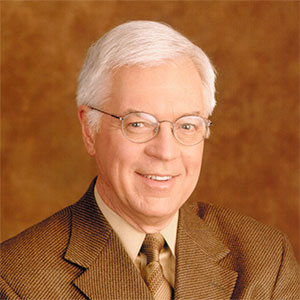
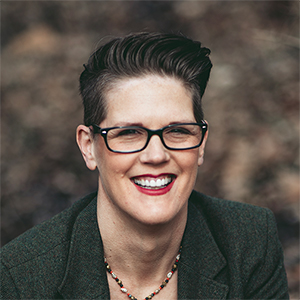









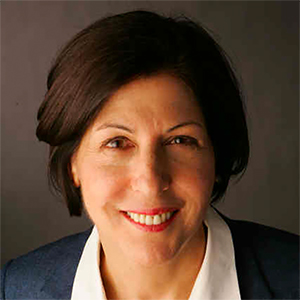






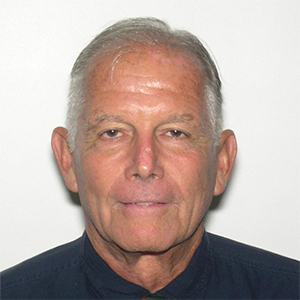







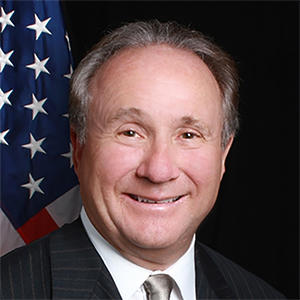

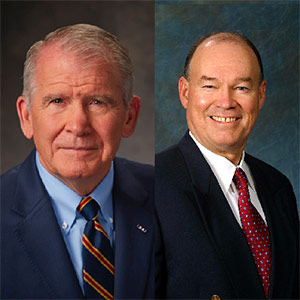






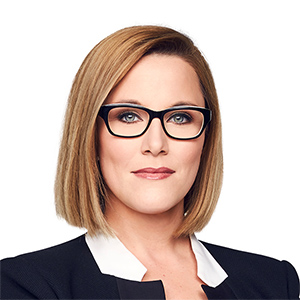








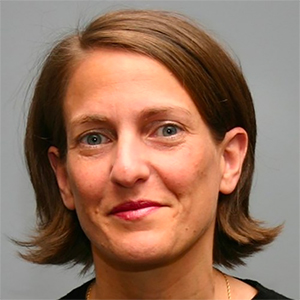








Comments